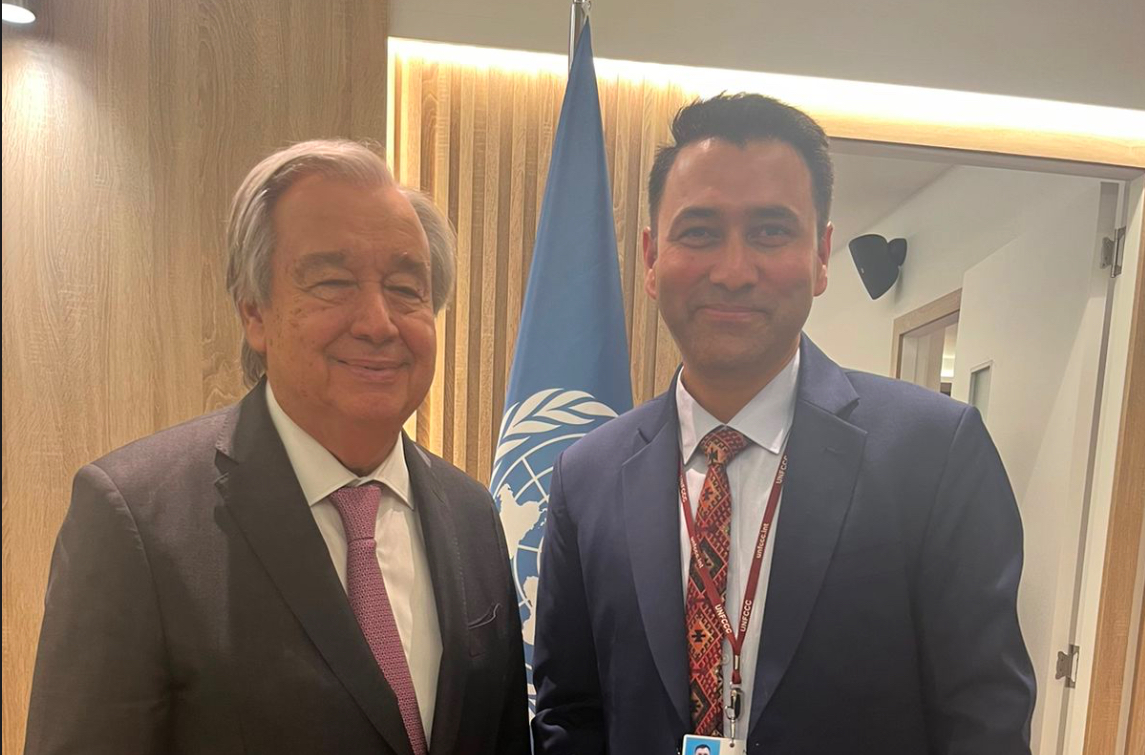What does it take to survey South Asia? Designing a phone survey in 18 languages to measure COVID-19 impacts in the region

London — The World Bank has launched its first survey across South Asia to examine the coronavirus pandemic’s impact on jobs, health services, and social safety nets in the region that is home to 1.8 billion people, Jui Shrestha writes in World Bank data blog.
The South Asia Region COVID-19 Rapid Monitoring Survey is interviewing a total of 43,000 respondents from all eight countries via their mobile phones to get a clear picture of how the pandemic is affecting jobs, what social assistance people are getting, and what measures would help them to cope with the pandemic. South Asia is made up of Afghanistan, Bangladesh, Bhutan, India, Maldives, Nepal, Pakistan, and Sri Lanka.
During a summer pilot survey, we tested questions, procedures, and quality control measures to ensure the survey produces reliable data that client countries can use for policies and programs related to jobs, safety nets, and healthcare. The survey consists of eight topics with questions ranging from “Are you getting the usual prices for your produce for this time of year?” to “When was the last time you worked for pay since January?” and “Based on your current financial situation, how long do you think your household will be able to eat and meet other basic needs?”
After collecting and analyzing the survey data, the Bank will release the findings this fall, by country. The results will document changes in South Asians’ livelihoods and incomes since the pandemic began. Questions included on the survey will capture how businesses are changing products or services and using specialized apps and digital platforms. In addition, the survey will show changes in the availability and price of common food items, satisfaction with health services received, concerns about access to food, and desired assistance from the government and other sources.
We organized the survey with help from Orange Door Research/GeoPoll and their partner institutions in the region. They are conducting the survey with country teams that vary in size from a half-dozen interviewers in Maldives, the region’s smallest country, to 45 in India, South Asia’s biggest country.
Avoiding lost in translation
The pilot survey generated valuable insights about organizing and managing a large-scale regional survey during a pandemic. Among the design challenges was selecting the right combination of local languages to interview respondents for a representative sample of each country’s population. We settled on a total of 18 languages, including English, in the eight countries. ( Full article )


















Facebook Comments